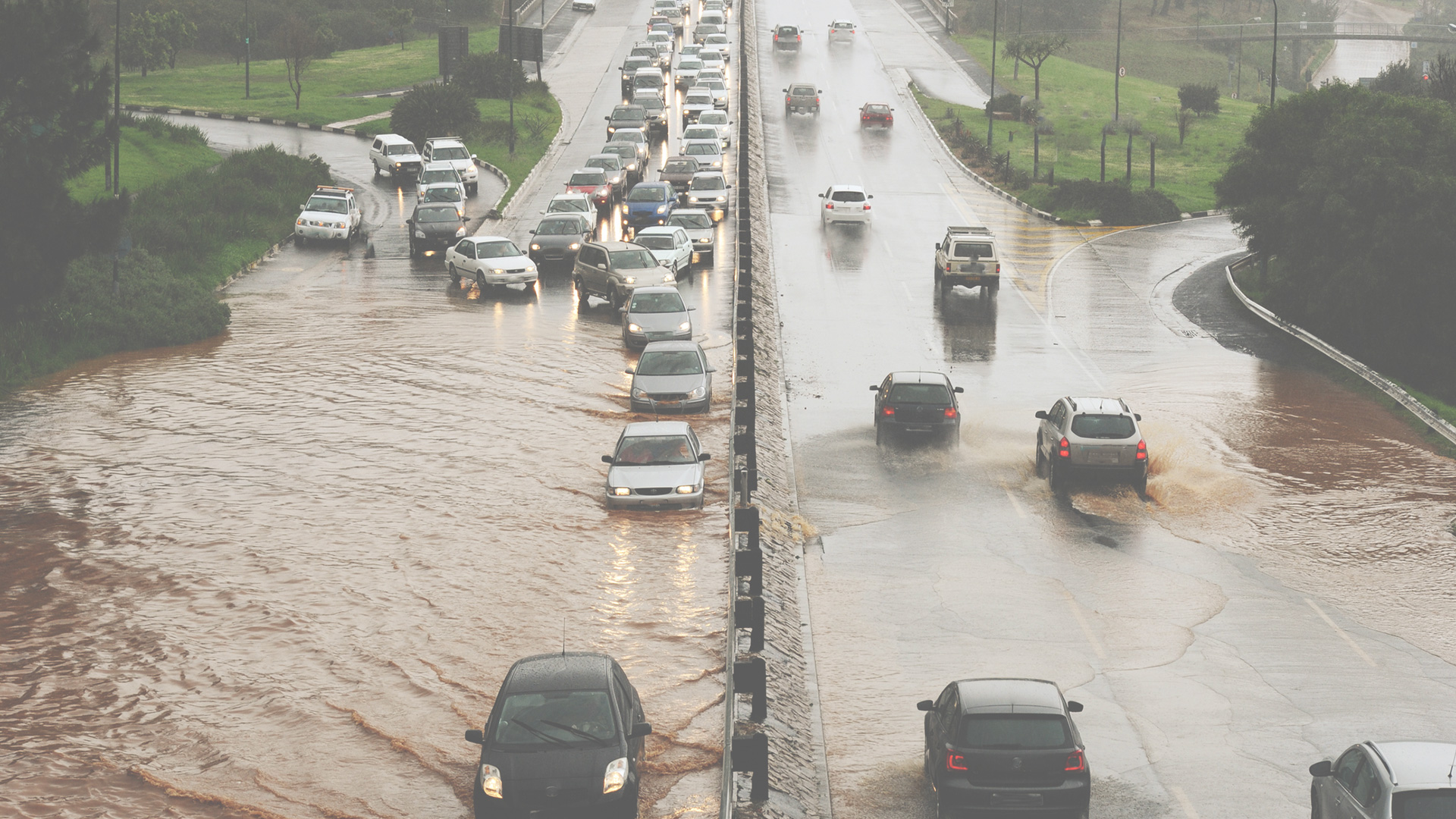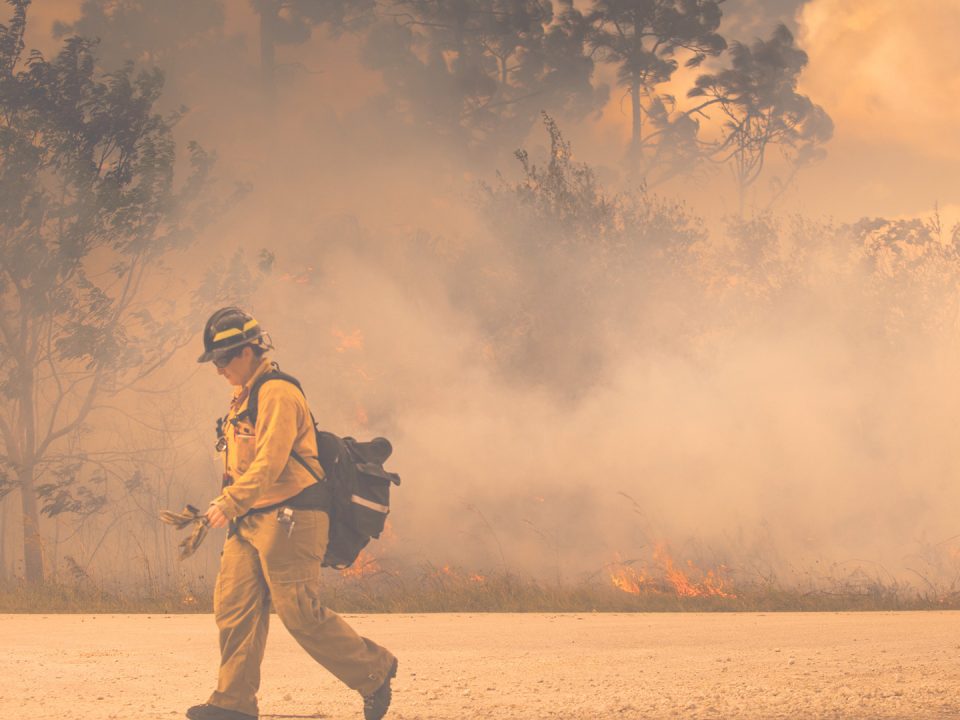
National Preparedness Month: Preparing Your Team for Potential Natural Disasters
August 24, 2025
The Power of Giving Season for Relief Funds
October 28, 2025September 24, 2025
Flooding is the most common natural disaster in the United States and one of the most destructive worldwide. It happens when water overflows onto land that’s usually dry, often caused by heavy rain, melting snow, storm surges, or overflowing dams and rivers. Some floods build slowly, while flash floods can strike within minutes, leaving little time to react.
The Dangers of Floods
Floods are extremely hazardous, with moving water strong enough to sweep away buildings, vehicles, and infrastructure. In addition to property destruction, floods often trigger power outages, disrupt transportation, trigger landslides, cause injuries, and tragically, result in loss of life.
Economic Impact
Recent estimates place the annual economic burden of flooding in the US at $180 to $496 billion, accounting for one to two percent of national GDP, including damages to homes, crops, businesses, infrastructure, insurance costs, and lost tax revenue. Over the past decade, flood damage has averaged about $46 billion per year (in 2023 dollars).
Human Toll
Floods pose the greatest threat to human life among all weather hazards. Over the past several decades, more than 125 people on average have died each year in the US due to flooding, primarily from flash floods, which remain the leading storm-related killer. Experts warn that climate change — driving heavier precipitation and more extreme storms — is likely to increase both frequency and severity.
For example, in early July 2025, flash floods devastated the Texas Hill Country, especially Kerr County, after heavy rains from Tropical Storm Barry. Waters rose over 25 feet in under an hour, destroying cabins, sweeping away vehicles, and hitting summer camps like Camp Mystic, where 27 lives were lost. In total, at least 135 people died as ongoing storms and rough terrain hindered rescue efforts.
Floods vs. Other Threats
In the US, flooding claims more lives each year than hurricanes, tornadoes, or lightning strikes. It stands as the deadliest weather hazard at the community level, affecting people in both rural and urban areas alike.
Given these escalating economic and human costs, it's critical for organizations — businesses and nonprofits — to recognize flood hazards and prepare accordingly. Without proactive planning and support systems, employees and operations can suffer severe consequences.

How Establishing a Disaster Relief Fund With Emergency Assistance Foundation Will Help Provide Aid
If you’re interested in ensuring your team members are well taken care of but unsure about how to launch an employee relief fund, we’re here to help!
In the aftermath of severe weather, a disaster, or personal hardship — like a flood — your organization needs the ability to help impacted team members rebuild and recover from the potentially devastating impact. A relief fund can boost morale and enable your employees to donate and contribute directly to supporting their fellow team members. Establishing a relief fund can alleviate the stress that disasters and hardships put on those within your organization, allowing them to stay focused on recovering from the event.
If your organization is interested in launching a relief fund, consider establishing a fund with EAF today. As a financial first responder, we’re resourceful and fearless in ensuring that financial assistance reaches individuals in need, no matter the unique circumstances involved.
By establishing a fund with us today, your organization can support team members affected by wildfires and other hardships. Relief fund grants can help individuals impacted by difficult times pull through and start on the path toward recovery. If you’d like to learn more about how your organization can help your team during crises, you can review additional information about how a fund works or contact us today.

Flood Safety Tips to Share With Team Members
When flooding threatens your area, protecting the safety of your team members comes first. Clear communication and preparation can save lives. Make sure everyone understands key flood safety measures — before, during, and after an emergency.
BEFORE A FLOOD
-
- Create a Flood Plan: Ensure every household member knows where to go, what to do, and what to bring in the event of a flood. Practice both sheltering in place and evacuation scenarios so everyone is ready for either.
- Assemble an Emergency Supply Kit: Gather enough nonperishable food, drinking water, medications, cleaning supplies, copies of important documents, flashlights, batteries, and other essentials to last several days. Store them in waterproof containers or bags.
- Stay Informed: Sign up for local alerts and pay attention to flood watches and warnings. Early notice gives you more time to act — whether that means seeking shelter or evacuating. Follow official guidance from local authorities.
DURING A FLOOD
-
- Avoid Floodwaters: Never walk, swim, or drive through floodwaters. Just six inches of moving water can knock a person off their feet, and one foot can sweep away most vehicles.
- Move to Higher Ground: If evacuation is not possible, move to the highest level of your home or building. Avoid basements and lower floors where water can rise quickly.
- Follow Emergency Instructions: Listen to local authorities for updates on evacuation routes, shelter locations, and safety precautions.
- Keep Communication Devices Charged: Use text messages or social media to communicate when possible, as phone lines may be overloaded.
- Avoid Floodwaters: Never walk, swim, or drive through floodwaters. Just six inches of moving water can knock a person off their feet, and one foot can sweep away most vehicles.
AFTER A FLOOD
-
- Stay Out of Floodwaters: Even after water levels drop, floodwaters may contain debris, chemicals, sewage, or hidden hazards.
- Document Damage: Take photos and videos of any property damage for insurance and recovery purposes before cleanup begins.
- Avoid Electrical Hazards: Do not enter flooded buildings until they are declared safe. Shut off the electricity at the main breaker if it is safe to do so.
- Use Protective Gear: Wear gloves, boots, and masks when cleaning up to avoid injury or illness.
Author: Emergency Assistance Foundation Team
I had an unexpected major expense due to an accident caused by flash flooding. I had to use all the available financial resources I had to repair my vehicle so that I could continue traveling to work. During that time I also had to spend a large sum of money on Uber and Lyft rides to and from work because no rental vehicles were available. This help has given me hope to continue trying to work through my hardships. I was ready to give up but there was help for my situation. It is always devastating when things outside of your control damage your life. This fund is here as an assist that lets you know there is always another option."
"My apartment was evacuated due to severe flooding. I had to cover the cost of a hotel on the night of the flooding, rental cars to and from my home, and groceries upon returning home due to loss of power requiring my fridge to be completely emptied. As a young person with student loans and medical costs, the financial burden of this event was very stressful and I hoped to recoup my losses. I was able to cover the costs of the event, which allowed me to continue with my loan payments as normal and not stress about upcoming medical fees."




